Dr Michael Perryman
Image credit: ESA–D. Ducros, 2013
The Hipparcos satellite project of the European Space Agency was dedicated to measuring the accurate positions of more than 100,000 stars. Doing so from space represented a fundamentally new discipline in space science. With the publication of the scientific results from the Hipparcos mission in 1997, ESA adopted the Gaia mission, a follow-on and vastly more advanced star-mapping satellite, in 2000. Gaia was launched in 2013 and continues to operate from its advantageous location at the Sun-Earth Lagrange point, L2. Gaia is measuring the positions of more than two billion stars in our Galaxy with extreme accuracy, and is set to revolutionise many areas of astronomy and astrophysics. The talk will explain why the measurement of star positions is of such scientific importance. It will review the two thousand year history of this branch of astronomy, called astrometry, explain why these measurements are being made from space, illustrate how the very exacting measurements are made in practice, and present some of the many areas of astronomy that are being impacted by these new experimental insights.
Michael Perryman obtained a degree in physics, and a PhD in radio astronomy, at Cambridge University. During a 30-year career with the European Space Agency, he was the scientific leader of the Hipparcos mission between 1981-1997, also serving as project manager during its operational phase, 1989-1993. He was the co-originator of the Gaia satellite mission, and ESA’s project scientist from its earliest concepts in 1995 until the Critical Design Review in 2008, establishing the instrument concept, technical feasibility, operational and data analysis principles, its organisational structure, and coordinating its scientific case. He was Professor of Astronomy at Leiden University, The Netherlands, between 1993-2009, and has received various awards for his leadership of space astrometry, including the Gold Medal of the French Astronomical Society, the Academy Medal of the Royal Netherlands Academy of Arts & Sciences, and the Tycho Brahe Prize of the European Astronomical Society. He was awarded an Honorary Doctorate from Lund University in Sweden in 2010, and was the Bohdan Paczynski Visiting Professor, Princeton University, in 2013.
The recording of this lecture is now freely available on the Virtual BRLSI YouTube channel. Please go the following link to view.
https://www.youtube.com/watch?v=g2hbITqu6a0


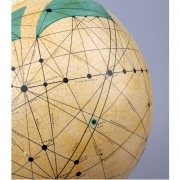
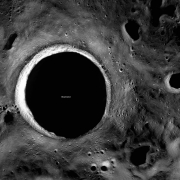
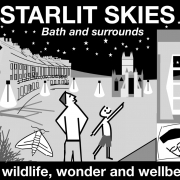
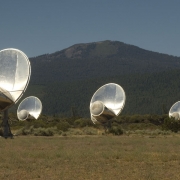 NASA
NASA
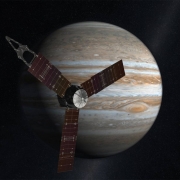
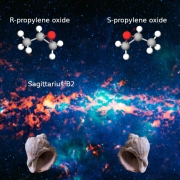 ESO/APEX & MSX/IPAC/NASA
ESO/APEX & MSX/IPAC/NASA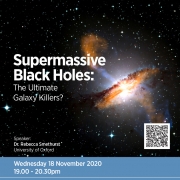 ESO/WFI (Optical); MPIfR/ESO/APEX/A.Weiss et al. (Submillimetre); NASA/CXC/CfA/R.Kraft et al. (X-ray)
ESO/WFI (Optical); MPIfR/ESO/APEX/A.Weiss et al. (Submillimetre); NASA/CXC/CfA/R.Kraft et al. (X-ray)